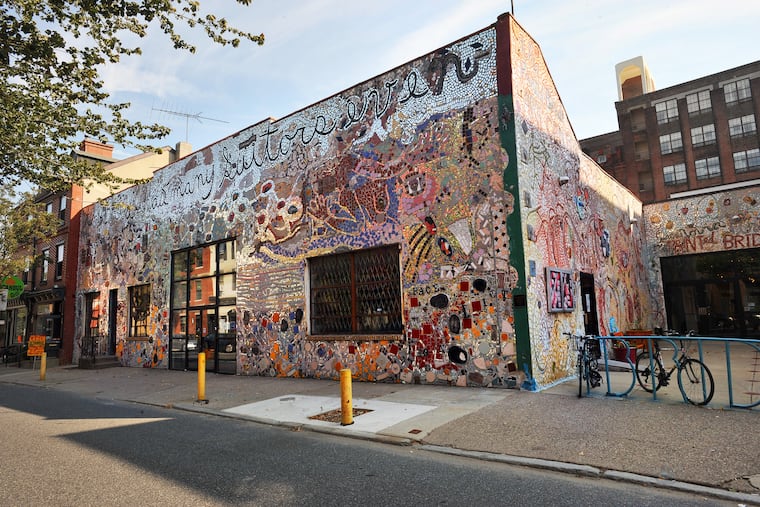Painted Bride is on sale for $6.5 million — but the owner isn’t sure he actually wants to give up the building
The property, which was known for its iconic Isaiah Zagar mosaic, was last purchased in 2022 for $3.85 million.

The property, which was known for its iconic Isaiah Zagar mosaic, was last purchased in 2022 for $3.85 million.
